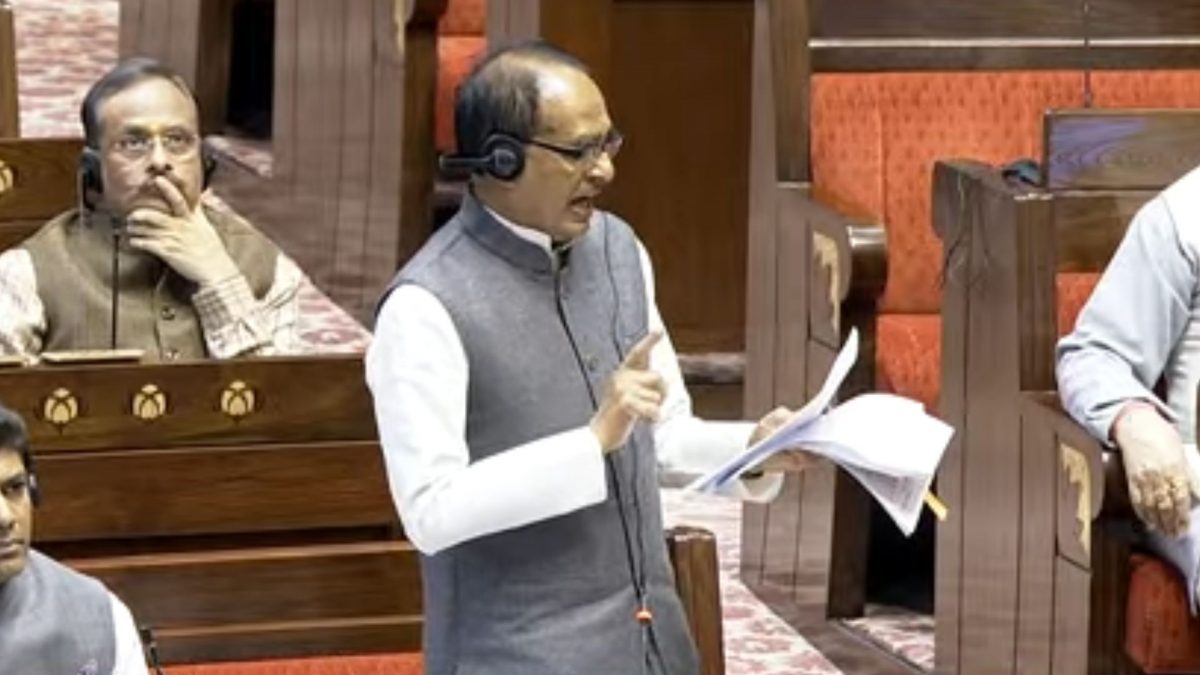On the endemic contradictions in India’s path to modernisation of agriculture
The HinduT he agrarian crisis in India is not, as is often suggested, an outcome of institutional apathy or incompetence. These laws, which ostensibly seek to “reform” agricultural marketing, serve to open new avenues of profit for big capital and the upper sections of the rural agrarian classes at the cost of large sections of the peasantry, workers, and small capital in retail supply chains. Once this private procurement channel is in place, the denotification of APMC applied to the sub-market storage warehouses would open them up for integration into corporate retail supply chains. Regions that are already part of integrated supply chains offer natural habitats for big capital to make gains in retail, while the backwardness of other regions poses a significant barrier without adequate incentives stemming from the production side to overcome them. In short, these reforms, far from alleviating the ailments of the agrarian crisis, are likely to aggravate the entrenched structural contradictions that give rise to it, intensifying social and regional inequalities, imposing deflationary tendencies, and consequently imposing limits to progress in agricultural production and in suppressing demand—all for the purpose of immediate profits for big capital in retail.
History of this topic

Guarantee procurement, not just minimum prices
Hindustan Times
Sadhguru Writes: India Can Become The 'Breadbasket Of The World'. The Focus Has to Be On Scale
ABP News
Book Review: ‘Distress in the Fields: Indian Agriculture after Economic Liberalization’ edited by R Ramakumar
The HinduIn agri-reforms, go back to the drawing board
The HinduThe Kerala government’s policy interventions—expanding price support and ensuring direct procurement of farm produce—present an alternative course for agricultural policies in India
The HinduData | Farmers, new agriculture laws and government procurement
The HinduContract farming as a means of ushering in corporatisation in agriculture
The Hindu)
Not Just Weeding Out Hurdles in Agri Sector, Farm Reforms May Also Fulfill Global Requirement for Food
News 18Data | Even in States with limited procurement, farmers wanted MSP programme to continue
The Hindu
Some don't want farmers to earn more profit, sell produce anywhere in country: PM Modi slams Oppn
India TV News
BJP’s one market for farmers is a myth | Opinion
Hindustan Times
India’s farm sector needs help to get back on its feet. Here are 5 ideas | Opinion
Hindustan Times
Build a new economic imagination
Hindustan TimesDiscover Related












)













)





















